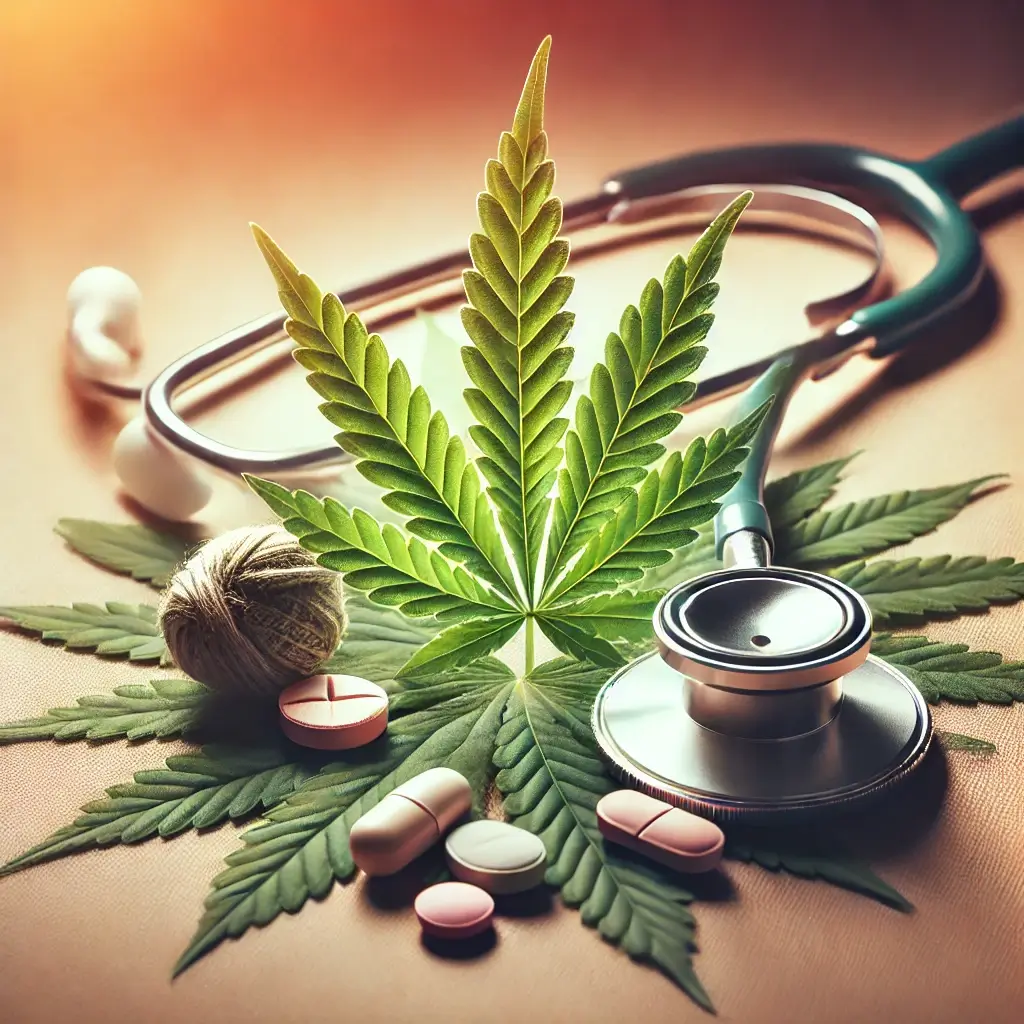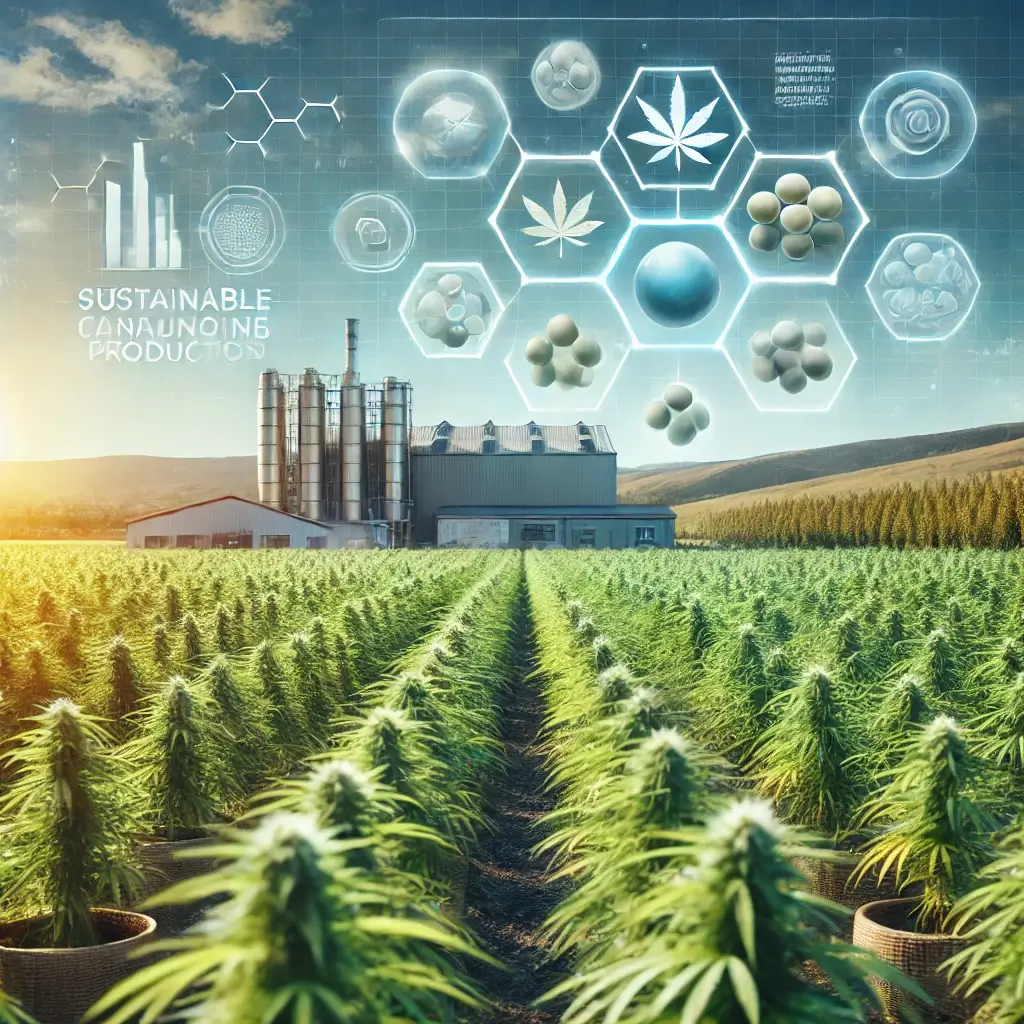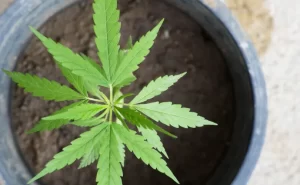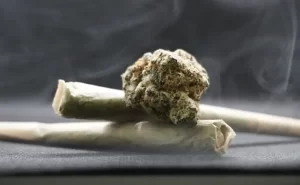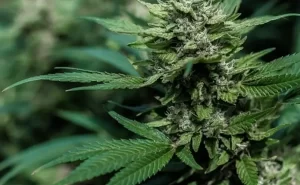
Precision Wellness: How Low-Dose Cannabis is Revolutionizing Health Routines
Cannabis microdosing delivers precise, small amounts of cannabinoids for therapeutic benefits without psychoactive effects, making…
The Science Behind Personalized Cannabis Microdosing: How Genetic Testing is Transforming Patient Care
Explore cannabis microdosing's therapeutic potential through precision medicine, utilizing genetic testing and biomarker analysis to…
Research-Backed Benefits: How Microdosing Cannabis Improves Mental Performance
Explore how cannabis microdosing emerges as a promising cognitive enhancement tool, backed by scientific research…
Breaking Down Cannabis Research: Evidence-Based Insights for Mental Health Treatment
Research reveals cannabis compounds THC and CBD show promising potential in treating mental health conditions,…
Clinical Evidence Confirms: CBD Shows Remarkable Promise in Managing Multiple Anxiety Disorders
CBD's promising role in anxiety treatment through the endocannabinoid system shows significant potential, with clinical…
Sustainable Cannabis and Mental Health: A Comprehensive Look at Next-Generation Depression Treatment
Understanding Depression Treatment and Alternative Options The treatment of depression is complex, often requiring a…
Unlocking Better Sleep and Calm: How CBD and THC Work Together for Optimal Wellness
Cannabis shows promising potential for managing anxiety and improving sleep quality through CBD and THC…
Clinical Research Reveals Superior Therapeutic Benefits of Organically Cultivated Cannabis
New research reveals organic cultivation methods significantly enhance therapeutic compounds in medical cannabis, leading to…
Organic Cannabis Cultivation: Where Environmental Stewardship Meets Healing Potential
Discover how sustainable and organic cannabis cultivation enhances therapeutic benefits while supporting environmental wellness, offering…
The Green Revolution: How Sustainable Hemp Production Is Transforming Medical Solutions
Sustainable hemp production combines medical efficacy with environmental stewardship, offering enhanced therapeutic benefits through organic…













